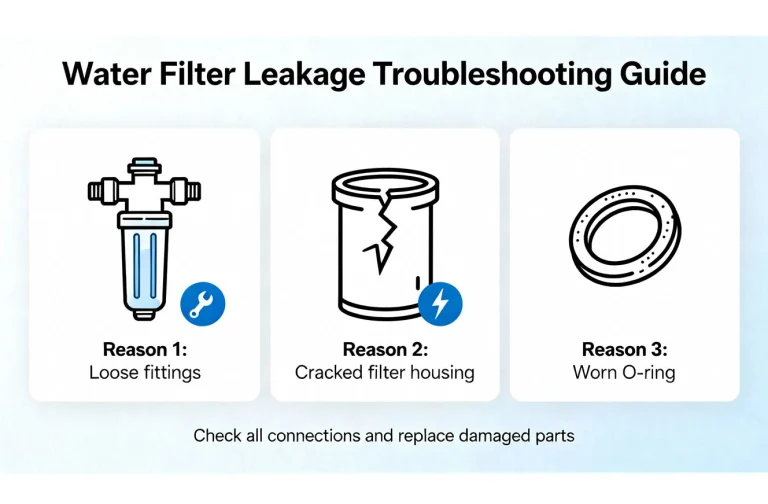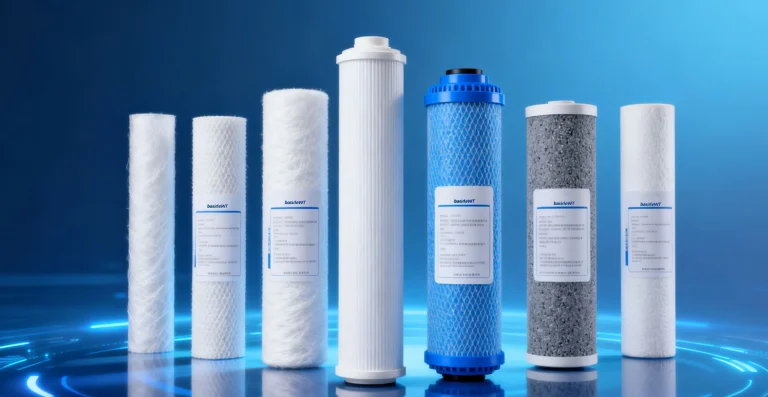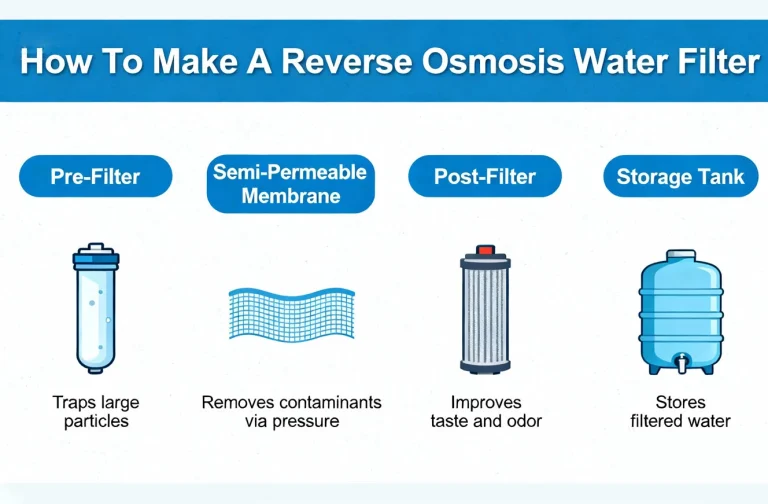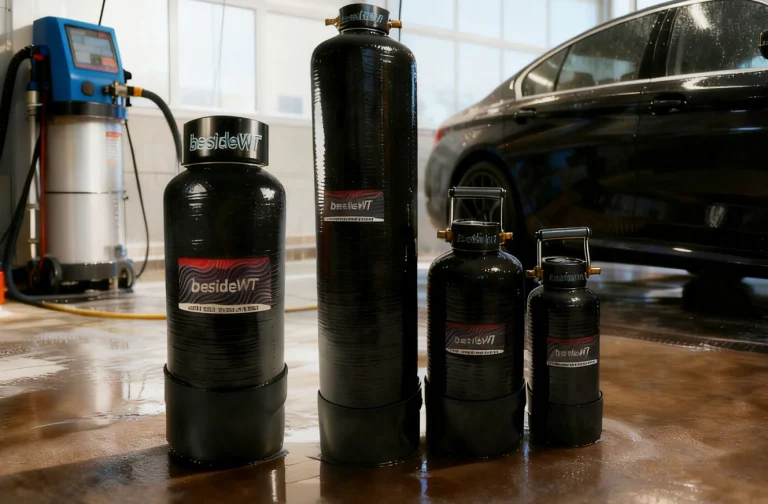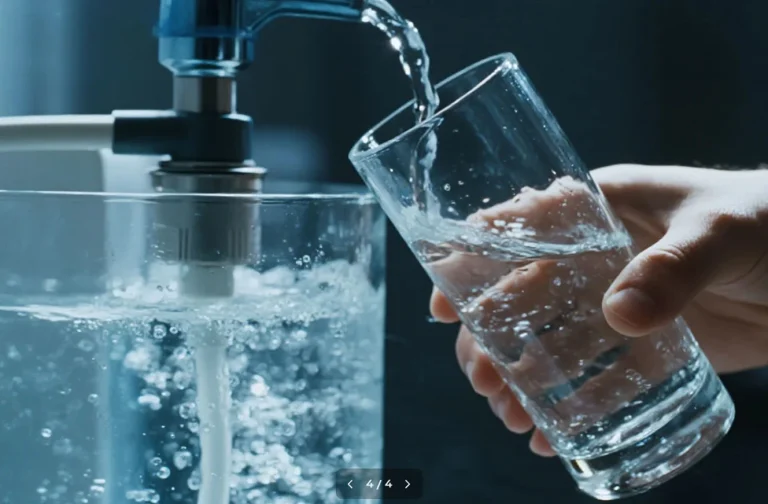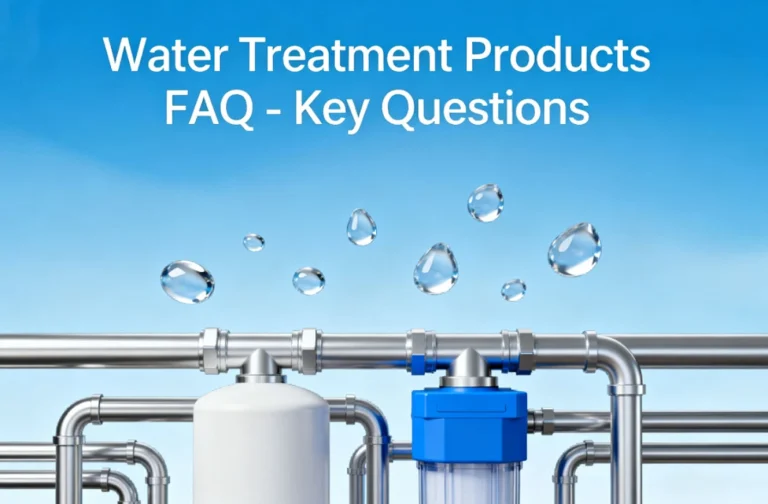BasideWT- Whole Home Water Filtration System & Replacement

What is an FRP Water Tank?
Introduction
Water storage is essential for residential, commercial, and industrial applications. Traditional materials like steel or concrete have been used for decades, but new technology offers stronger and lighter alternatives. One of the most popular innovations is the FRP water tank. FRP stands for Fiberglass Reinforced Plastic, a material combining plastic strength with glass fiber reinforcement. These tanks are widely used for storing potable water, chemicals, and even wastewater. But what exactly is an FRP water tank, and why is it becoming a preferred choice worldwide?
Understanding FRP Water Tanks
What Does FRP Mean?
FRP stands for Fiberglass Reinforced Plastic, also known as glass-reinforced plastic (GRP). The material is created by embedding strong glass fibers into a polymer matrix. This process produces a lightweight yet incredibly durable composite. FRP is widely used in industries such as aerospace, automotive, and water treatment. In the context of water tanks, FRP ensures structural strength, chemical resistance, and long service life compared to conventional materials.
Basic Structure of an FRP Water Tank
An FRP water tank is typically made from fiberglass layers combined with resins like polyester or epoxy. These layers are molded into panels or shells that are then assembled into tanks. The tanks can be modular, allowing flexibility in size and capacity. The smooth inner surface prevents algae buildup and makes cleaning easier. This design ensures the tank can store large volumes of water without leakage or contamination.
Advantages of FRP Water Tanks
Lightweight and Strong
FRP tanks are much lighter than steel or concrete tanks, making transportation and installation easier. Despite being lightweight, they are exceptionally strong due to fiberglass reinforcement. This strength-to-weight ratio is one of the main reasons industries prefer FRP over traditional materials.
Corrosion and Chemical Resistance
Unlike metal tanks, FRP tanks do not rust or corrode. They resist chemicals, salts, and acidic environments, making them ideal for industrial use. This property extends their service life significantly, especially in coastal or high-humidity regions where steel tanks fail quickly.
Hygienic and Safe for Drinking Water
FRP tanks are non-toxic and do not leach harmful substances into water. Their smooth internal surfaces prevent bacterial growth and algae formation. As a result, they are widely used in municipal water supply systems, hospitals, and food industries where hygiene is critical.
Low Maintenance Requirements
Once installed, FRP water tanks require minimal maintenance. Occasional cleaning is usually enough to maintain water quality. Their resistance to weathering and UV radiation further reduces maintenance costs compared to other materials.
Applications of FRP Water Tanks
Domestic and Residential Use
In residential settings, FRP tanks store potable water for daily use. They are popular for rooftop installations because of their lightweight structure. Families benefit from cleaner water storage with minimal maintenance compared to traditional concrete tanks.
Industrial Applications
Industries use FRP tanks for storing chemicals, acids, and wastewater. Their corrosion resistance makes them suitable for factories, power plants, and refineries. They also serve as process tanks in food, pharmaceutical, and beverage industries where hygiene is mandatory.
Municipal and Commercial Use
Municipal water supply systems use large FRP tanks for bulk water storage. Commercial establishments like hotels, schools, and hospitals rely on FRP tanks for uninterrupted water supply. Their modular design allows easy expansion when demand increases.
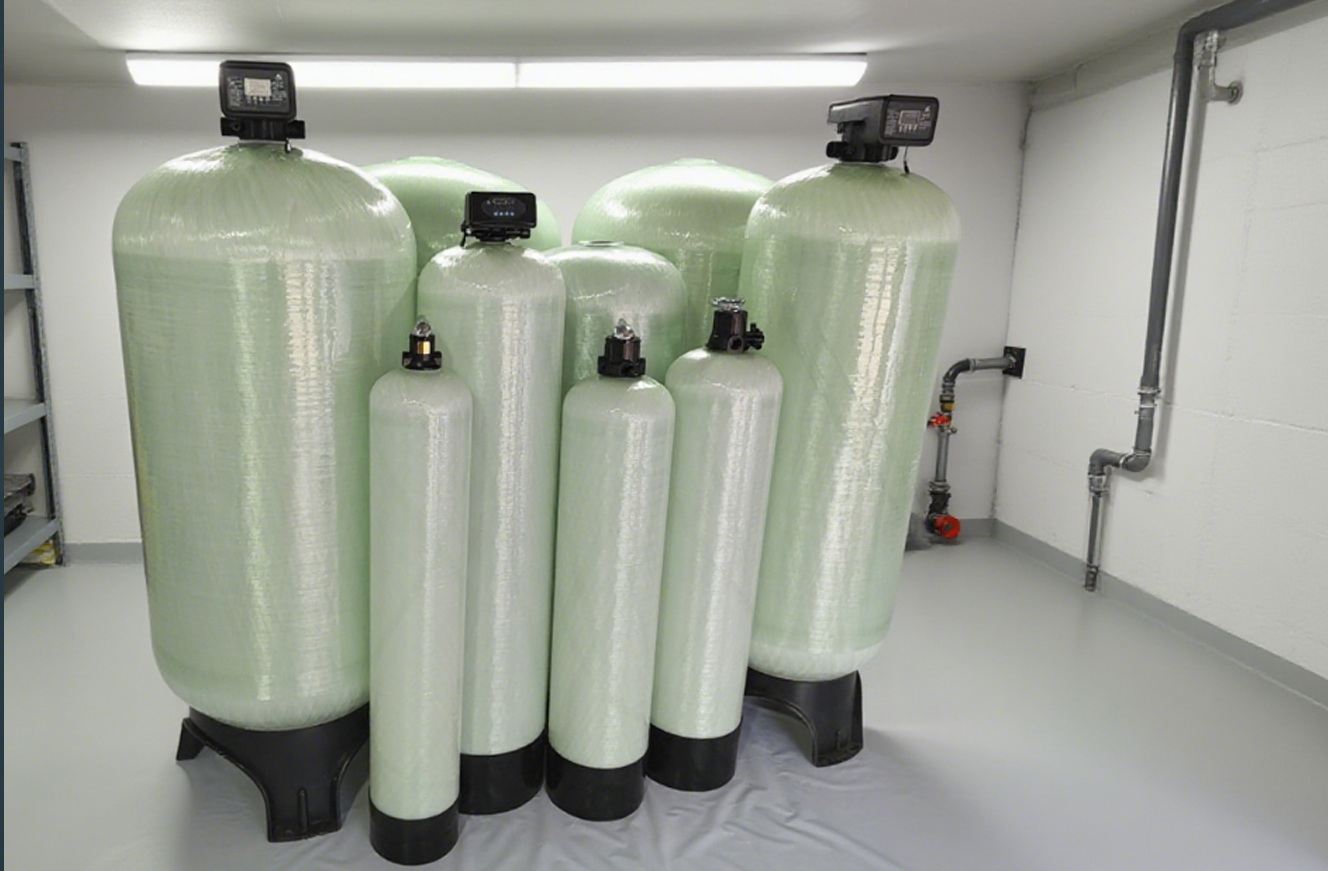
Comparison with Other Water Tank Materials
FRP vs. Steel Tanks
Steel tanks are strong but prone to rust, requiring costly coatings and maintenance. FRP tanks, in contrast, resist corrosion naturally and last longer. While steel may handle very high pressures, FRP provides sufficient strength for most water storage needs with much lower upkeep.
FRP vs. Concrete Tanks
Concrete tanks are heavy, permanent, and difficult to install. They can crack over time, leading to leaks and contamination. FRP tanks are lighter, modular, and easier to transport. Their smooth surface ensures better water hygiene compared to porous concrete.
FRP vs. Plastic Tanks
Plastic tanks are affordable and lightweight but may warp or degrade under extreme conditions. FRP tanks, while more expensive, offer superior durability, UV resistance, and structural integrity. For long-term use, FRP provides better value despite higher upfront costs.
Types of FRP Water Tanks
Modular Panel Tanks
These tanks are built from panels assembled on-site. They are flexible in size, making them ideal for locations with limited access. Modular tanks are often used in urban areas and large facilities.
Cylindrical FRP Tanks
Cylindrical tanks are commonly used in industrial and agricultural applications. They provide high storage capacity and are easy to install. They can be either vertical or horizontal, depending on site requirements.
Underground FRP Tanks
Some FRP tanks are designed for underground installation. They are strong enough to withstand soil pressure and are often used for wastewater or rainwater harvesting. Their durability makes them a reliable long-term solution.
Cost of FRP Water Tanks
Initial Purchase Price
FRP tanks cost more upfront than plastic or concrete tanks. Prices vary depending on size, design, and resin type. Small domestic tanks may start at $500, while large municipal tanks can reach several thousand dollars.
Installation Costs
Installation is relatively easy compared to heavy concrete or steel tanks. Costs depend on tank size, site conditions, and whether on-site assembly is required. Generally, FRP installation is faster, saving labor expenses.
Long-Term Savings
Despite higher upfront prices, FRP tanks save money over time. Their long service life, low maintenance, and corrosion resistance reduce overall costs. For industries and municipalities, these savings often outweigh initial investments.
Maintenance and Lifespan
Cleaning Requirements
FRP tanks need periodic cleaning to maintain water quality. Their smooth interiors prevent heavy deposits, making cleaning faster. Unlike concrete tanks, FRP does not require chemical treatments to stop algae growth.
Expected Service Life
High-quality FRP tanks can last 20–30 years with minimal issues. Their resistance to corrosion, chemicals, and UV light ensures long performance. Proper maintenance further extends their lifespan.
Repair and Replacement
In rare cases of damage, FRP tanks can be repaired using fiberglass patching methods. This is simpler than repairing concrete or steel tanks. Replacement is only necessary after decades of use, making them a reliable investment.
Environmental Benefits of FRP Tanks
Sustainable Material Use
FRP tanks last longer, reducing the need for frequent replacements. This lowers material consumption compared to plastic tanks, which often need early replacement.
Reduced Water Contamination
By preventing corrosion and chemical leaching, FRP tanks protect water quality. This reduces risks of health issues and chemical disposal.
Lower Energy Costs in Transport
Their lightweight structure reduces energy use during transport and installation. This makes FRP tanks a greener option compared to heavy concrete alternatives.


